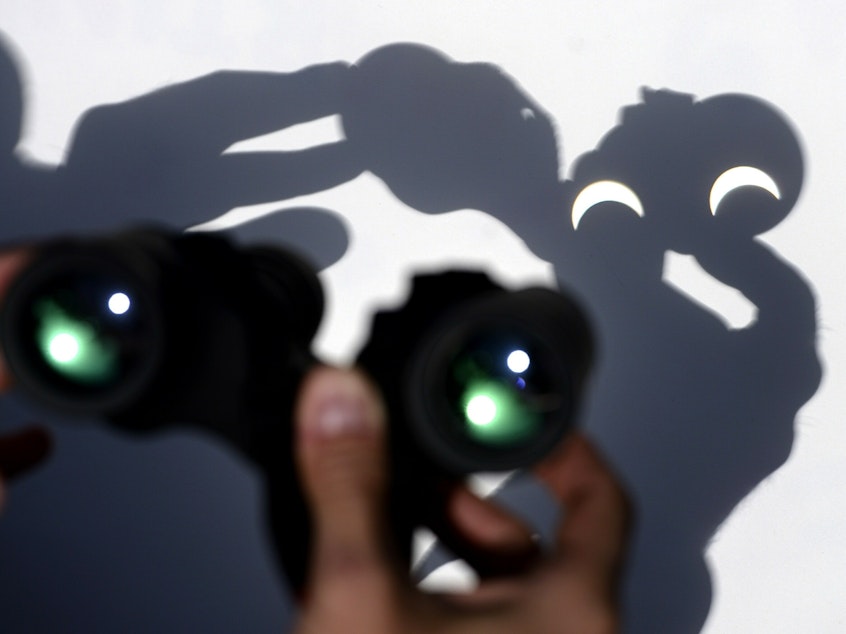How to follow today's solar eclipse, even if you're not near totality

Totality in the U.S. starts today around 1:30 p.m. CT/2:30 ET and continues until 2:30 p.m. CT/3:30 p.m. ET lasting for a few minutes in each location.
But if you're not within the path, you can enjoy totality vicariously thanks to our incredible network of Member stations (mouse over the map below to see them all!)You can find a livestream of totality from multiple locations here, as well as specific feeds to make sure you get the best view, regardless of the weather in your region!Plus, NPR will be sharing highlights from across the NPR Network throughout the day Monday if you're unable to get out and see it in real time.
More resources to enjoy the eclipse
Sharing the eclipse with tiny humans? Check out these kid-friendly total solar eclipse learning guides from Vermont Public's But Why, and this great explainer from KERA Kids on the difference between a solar and a lunar eclipse.
Feeling whimsical? Here are three ways to sprinkle a little magic into your eclipse experience.
Sponsored
Plan to wander into the wild for the best view? Here are some tips from outdoor experts.
Tips from Bill Nye on the best ways to enjoy the eclipse.
[Copyright 2024 NPR]



